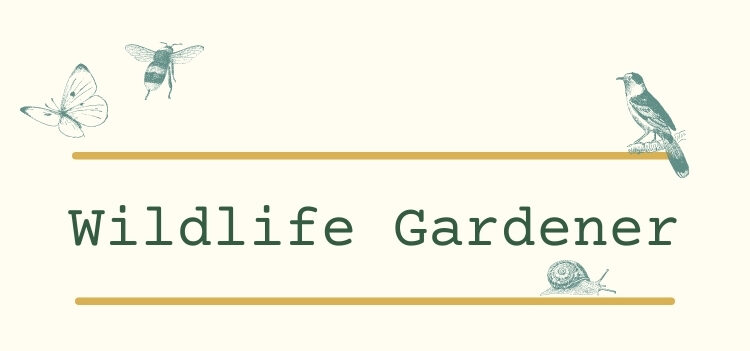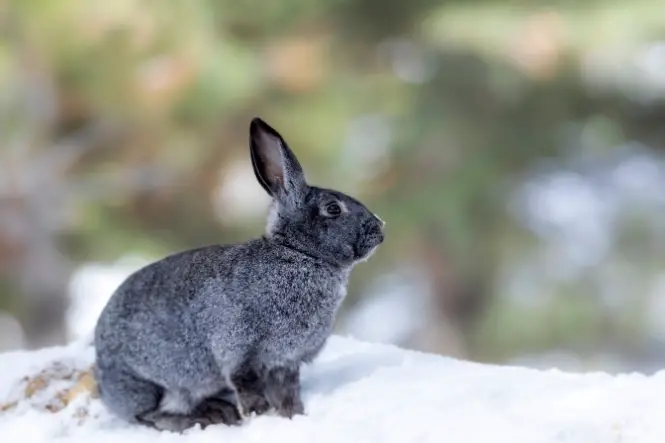As winter approaches, we tend to start thinking about the birds, but more often than not, we don’t give a great deal of thought to garden mammals. It’s partly an ‘out of sight out of mind’ kind of a thing; on the whole birds do tend to be a lot more conspicuous. Never-the-less, even though we may not see them so readily, mice, shrews and the rest of their furry kin can have a pretty tough time of it too.
So, what can the wildlife gardener do to make things a little easier for mammals in the winter, and at this time of year, what opportunities are there to get to know them a bit better?
To Feed, Or Not To Feed?
There is a great deal of debate over whether you should feed mammals in the winter, or not. The argument really centres on two questions – does feeding make them too dependent on human ‘hand-outs’ and will it encourage rats and other vermin?
Of course, much of this comes down to how you go about things. Provide too much food and the danger is that you end up supporting a far bigger population of mice, squirrels, foxes or badgers than the area can naturally accommodate, while easily accessible left-overs will inevitably attract unwelcome guests after a free meal. Obviously neither of these outcomes is desirable – and you certainly won’t do much for good neighbourly relations if you’re seen to be encouraging a plague of rats!
Perhaps the most sensible approach is to make sure your garden provides a good supply of natural food and then supplement it if necessary during any really bad weather. Your local wildlife trust should be able to tell you if any types of mammals are having a particular hard time of it in your locality, and the best ways to help.
Bats, Hedgehogs and Hibernation
When it comes to providing winter shelter, you’re on much safer ground. Hedgehogs and bats are two of only three kinds of British mammals that hibernate – the third being the dormouse – and a well-constructed winter shelter will be much appreciated.
You can make your own or buy one of the many varieties on sale, many of which benefit wildlife charities. Hedgehog homes are a particularly valuable feature in the garden, ensuring that ‘your’ spiky resident doesn’t feel the need to wander off elsewhere in search of somewhere to sleep and possibly losing you a valuable natural pest controller in the process! More importantly, the growing popularity of these boxes has saved countless hedgehogs from burning to death in the bonfires they had picked as winter homes.
Bat boxes have been another success story, with many kinds of British bats now routinely making use of them. There are many versions available, designed to meet the needs of the different species, so when you’re putting up bat boxes, it’s always a good idea to go for a bit of variety. Again, your local wildlife trust should be able to advise you on which kinds of bat are the most common in your area and so which sorts of boxes will be the best ones to use.
Mammal Watching
Birds are always easier to watch in the garden than mammals – you’re often doing pretty well if you see them at all! However, at this time of year, particularly in a harsh spell, the need to find food and water can sometimes force them to forage further afield and at different times, which means that every once in a while you may get a lucky sighting. Even so, you’ll have to be vigilant; these moments are usually fairly fleeting ones.
If there’s snow on the ground, however, although spotting the actual animals doesn’t get much easier, you should be able to work out who’s been visiting from the tracks they’ve left behind. It’s something best done fairly soon after first light, before the activities of daytime birds or any thawing begin to obscure the footprints. With a good guide book, you’ll find that you can quickly come to recognise the most common mammal tracks and it’s good training for later in the year, when you can try to identify footprints in soft earth or mud, which are often less distinct.
While mammals tend to be rather shy visitors to our gardens, they are every bit as fascinating as the birds we see so easily and for the mammal fan, winter can bring its own opportunities to get a better insight into their fascinating lives – though you’ll need a bit of luck too!

